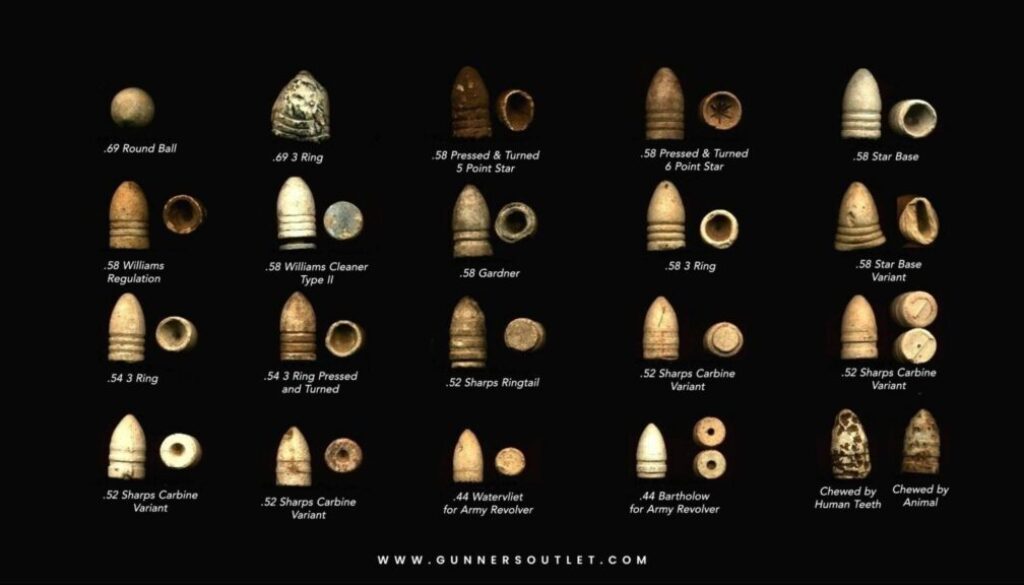The Changing Nature of Ammunition: An Evolution Over Time
Since the invention of firearms, ammunition has been an essential component of warfare, hunting, and self-defense. Its history dates back to the 14th century when the earliest firearms were developed in Europe, and their ammunition was made from simple lead balls.
Over the years, ammunition has evolved significantly due to technological advancements, innovations in materials, and manufacturing processes. In this article, we’ll explore the history of ammunition and how it has changed over time.
Early Days of Ammunition
The earliest type of ammunition was a simple round ball, which was used in firearms like the musket. The ball was loaded manually into the firearm, and its flight trajectory could be unpredictable, making it challenging to achieve accuracy. These types of firearms were vulnerable to weather conditions, affecting the gunpowder’s moisture content and therefore spelling disaster on the battlefield.
In the 19th century, the invention of the metallic cartridge revolutionized ammunition technology. It was composed of a metallic casing filled with gunpowder and a lead bullet. This made the ammunition loading process quicker and more efficient and improved the accuracy of firing.

Innovations in Ammunition Technology
The shift from gunpowder to smokeless powder marked a significant change in the industry, from a hand-crafted style of ammunition to more automated approaches. Smokeless powder allowed firearms to be more accurate and efficient by creating a higher chamber pressure. Military powerhouses such as the Germans were early adopters, and the shift is credited with the increase in deadly character of WWI.
Modern-day ammunition has adopted new materials, such as copper and lead-coated steel, to create lighter and more effective bullets. The use of advanced composites; including Kevlar or ceramic armor, has led to the creation of armor-piercing bullets.
The Impact of Technological Advancements
Advancements in technology have impacted ballistics, creating new targeting and ammunition systems like the Smart Gun System. This system ensures accuracy by preventing discharges unless the firearm has authenticated the shooter.
Advancements in manufacturing technology have allowed for a higher rate of production, consistency, and quality of the ammunition produced.

The Pros and Cons
The shift from hand-crafted ammunition to a more automated approach produced more reliable ammunition, which enhanced the effectiveness of firearms. The use of advanced materials has allowed for reduced bullet weight and an increase in the gun’s range.
However, these advancements come with negative aspects. Weapons that were once considered ‘outdated’ due to their inaccuracy now pose a more significant threat, as they can be outfitted with new and deadly ammunition. There is also a risk of environmental damage due to the production of bullet waste made from harmful materials.
Conclusion
Overall, the evolution of ammunition has been a positive development in most cases, enhancing the accuracy, efficiency, and ultimately, the effectiveness of firearms. However, it is important to consider its negative aspects and implications on factors such as accuracy and the environment. The future of ammunition technology looks promising, and we can expect continued innovation and advancements over the coming years.




